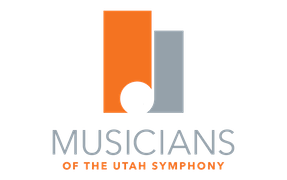Amsterdam and Bruges
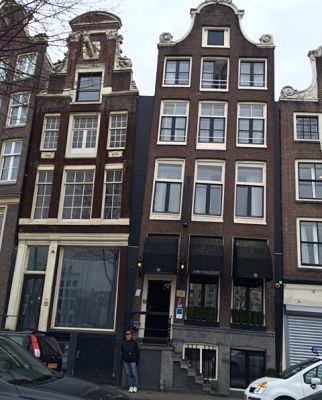
Slanted Amsterdam house
Amsterdam leans. It leans left, it leans right, it leans to and it leans fro. It’s like a city designed and built by Dr. Seuss! Our first stop in the capital city of the Netherlands put us in a house built in 1663 on the street Leidsegracht along one of the many beautiful canals that run through and around Amsterdam. The home’s owners were Elizabeth and Dick, an archaeologist and an engineer that had known each other since childhood. Their long lives together had taken them to places familiar and exotic. Art treasures were everywhere in this seven-story home. Our room was on the sixth floor, which required scaling the most narrow of stairways. The Dutch people of 1663 must have been lean and strong-legged. Outside our window was the canal and occasional boats filled with sight-seers, bicyclists, walkers retracing the steps over the same cobblestones walked upon by perhaps Rembrandt van Rijn, Vincent van Gogh, Bernard Haitink or a young Anne Frank. A small green bench sat outside our front door and was a popular spot for photographs following the recent movie, “The Fault in Our Stars”.
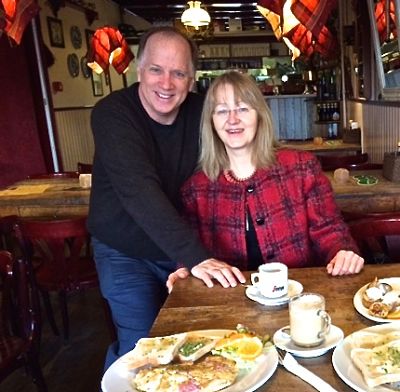
Breakfast with clarinetist Nancy Braithwaite Wierdsma
The next morning we met up with Nancy Braithwaite Wierdsma, one of the country’s celebrated clarinet players and teachers. She looked wonderful in her red wool coat and had changed little since our time playing together in the Savannah Symphony 35 years ago. We found a little place for breakfast near an outdoor market. I enjoyed some little puffy pancakes with chocolate sauce. We would see later that the metal form to cook these pancakes was also in the kitchen of Rembrandt’s home. It was nice to think of having this like in common.
Nancy teaches at the Rotterdam Conservatory and her daughter, Amarins, is now actively pursuing a career as a violinist. Before the week was over we would read about Amarins’ solo violin performance in a concert celebrating Pierre Boulez. Conducting the concert was Thierry Fischer. Small world! Between pancakes, we did well to catch up on our lives. But sometimes, old friends are the best!
Lisa and I enjoyed walking about Amsterdam, but it’s something which requires great vigilance! In this city of almost a million people, most of them ride bikes. Special lanes exist for the bikers. Cars yield to the bikers, as must the pedestrians. We would witness the bikers transporting children, other adults, pizzas, flowers, groceries, their cell phones (while they were texting!), a chair, their dogs, guitars and what looked like a kid’s science project! The bikes sit idle along bridges and waterways, fences and trees. But when on the road, the clang of their clangers and the ding of their dingers was a constant sound. Admittedly, they are most directed to the tourists, so we heard it often. We took time for a great falafel and returned to our place on Leidsegracht to pack up and move again. After the shopping in Paris, our suitcases got a little heavier.
My brother Lee and his wife Mary booked a great place by the Prinsensluis Bridge. Our second floor vantage point gave us a great view of this busy intersection. On this canal there sits houseboat after houseboat. Tour boats cruise down the canal where a couple blocks away is the “Anne Frank House”. We can see church steeples, shops and restaurants and the constant stream of people on bikes.

Canal in Amsterdam
We all went out for Indonesian food, which was terrific, and then we went to hear the Concertgebouw Orchestra with Mariss Jansons conducting one of his final concerts with this great orchestra. He still conducted with passion and the orchestra rose to the occasion. The concert featured songs by Mahler and Copland with Thomas Hampson singing and the Bartok Concerto for Orchestra. The 47-page program failed to list the players in the orchestra, which I found especially irritating. Maybe the players are all household names!

The hall of the Royal Concertgebouw Orchestra
Our visit to the Rembrandt house the next day was really interesting. This ample home was used as both studio and school for promising painters. The large studio where Rembrandt painted some of his greatest works was filled with light from a row of windows, armor from the period, vases and sculptures and statues of various kinds. The “school” was not enough to pay the mortgage and eventually Rembrandt declared bankruptcy. Being an artist can be difficult, even for a genius like Rembrandt.
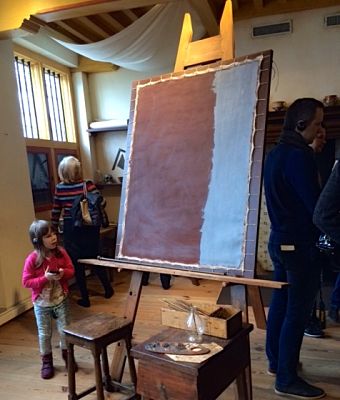
Rembrandt’s studio
We visited a great Delft pottery store and took a canal boat ride before hitting a Greek restaurant. I tried to order in Dutch, but our server took pity on me. Sometimes their English is better than mine, anyway.
Early the next day we got on the train for the opening day at Keukenhof, after Dubai, the world’s largest public garden. The cool temperatures may have kept the crowds away. We didn’t mind. The windmill, various structures, the winding rivers and the indoor collection of tulips made for a memorable day. With people having their favorite flower, the “selfie” was everywhere. We ate our picnic lunch on bales of hay by the windmill. Some people smiled and took pictures.
Back in Amsterdam, we ate at nearby Winkel. The weekend activity was pronounced. The next morning it would seem like a ghost town. Saturday and Sunday morning are very quiet and even the ever-present sound of people towing their suitcases over the cobblestones was gone. Smoke from the stovepipes of the houseboats was about the only thing moving. Church bells sound, bouncing off the centuries old homes.
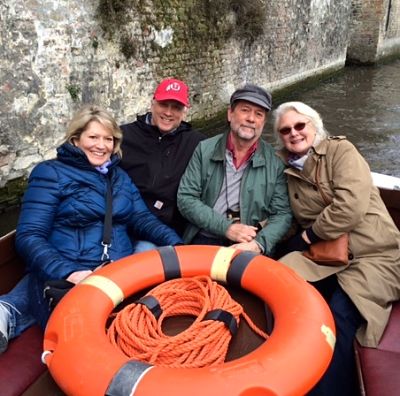
Bruges canal ride with Lee and Mary Stephenson
The four of us left for Bruges, one of Europe’s great medieval cities. Our home for two days was a modern three-story home on Kleine Heiligegeeststraat. Bruges is known as the “Venice of the North” and if the chocolate is as good in Venice as it is in Bruges, we’re going to be very happy come May! Besides the chocolate, which is on every street, there is the lace, waffles, frites and beer. I didn’t get any lace, but tried everything else. There were no disappointments. We enjoyed a fine Belgian meal at The Habit and watched some American TV, “Forever”, starring Ioan Gruffudd. Like actresses Julia Roberts and Jennifer Lawrence, Mr. Gruffudd played the oboe in his youth. Maybe a TV pilot is in my future? Well, we can dream.
Lisa and I were up before sunrise. We headed east to the walled edge of Bruges and the huge windmills on the banks of the wide canal. It was fun to have the large “Markt” almost to ourselves. The early morning trucks were making their deliveries and a biker spotted my bright red University of Utah baseball cap. He stopped to tell us he had been a student at the U. majoring in Finance, fell in love with a girl from Bruges and had lived here for ten years. There was something about his wife wanting to live close to home. Four children later he wasn’t going anywhere. Lisa and I had a quiet breakfast on the big square and went to the post office. The idea of mailing items back to the States seemed like a good alternative to carting everything around for the next eleven weeks!
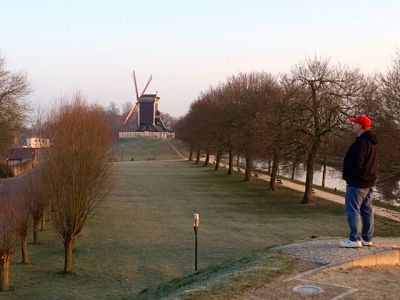
Morning walk by the windmills
After I had another breakfast with Lee and Mary, Lisa joined us for another canal boat ride. Bruges became a great melting pot in the 15th and 16th centuries. Many of the houses and bridges we saw were erected during this period. Great painters like the Breughels, Rene Magritte, Anthony Van Dyck and Jacob van Oost made their homes in Bruges. Their bright colors were a signature of Flemish art and their works look just as vibrant today!
Lee and I climbed the 366 steps up the great tower on Markt Square. Of particular interest were the chimes, which ring daily and have so since the 13th century. They rang while we were “in the neighborhood”. I can now understand why the Hunchback of Notre Dame had a hearing problem. Of course the view was amazing. I also spent some time visiting the Dali museum and the museum of Russian ballet photography.
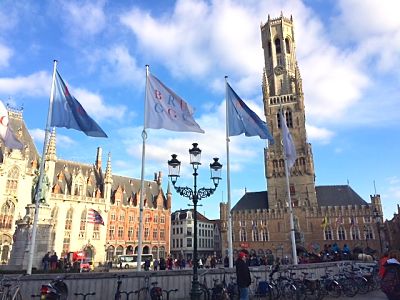
Market Square and tower in Bruges
We said goodbye to Bruges over some Belgian chocolate ice cream. It was the best!
– Robert Stephenson and Lisa Byrnes
